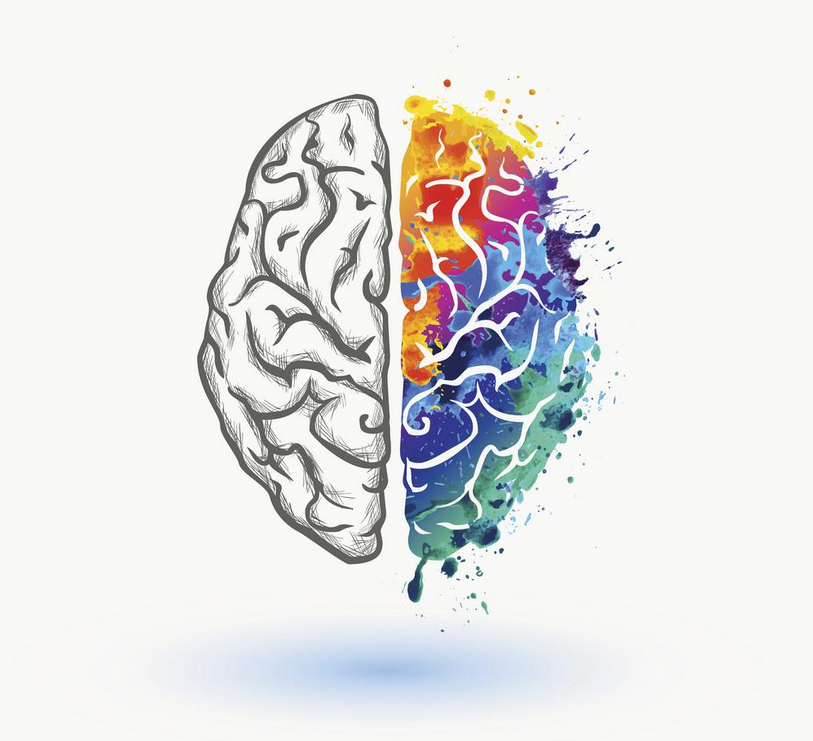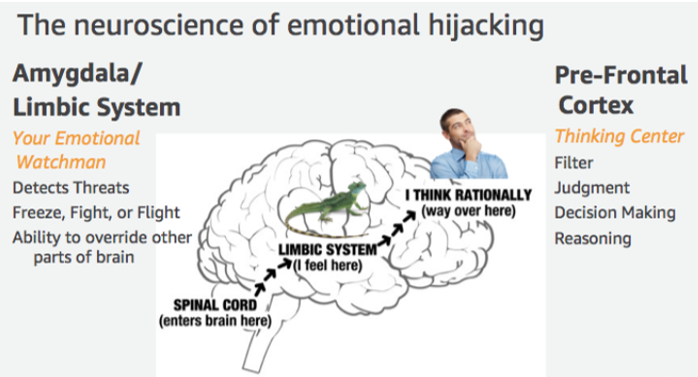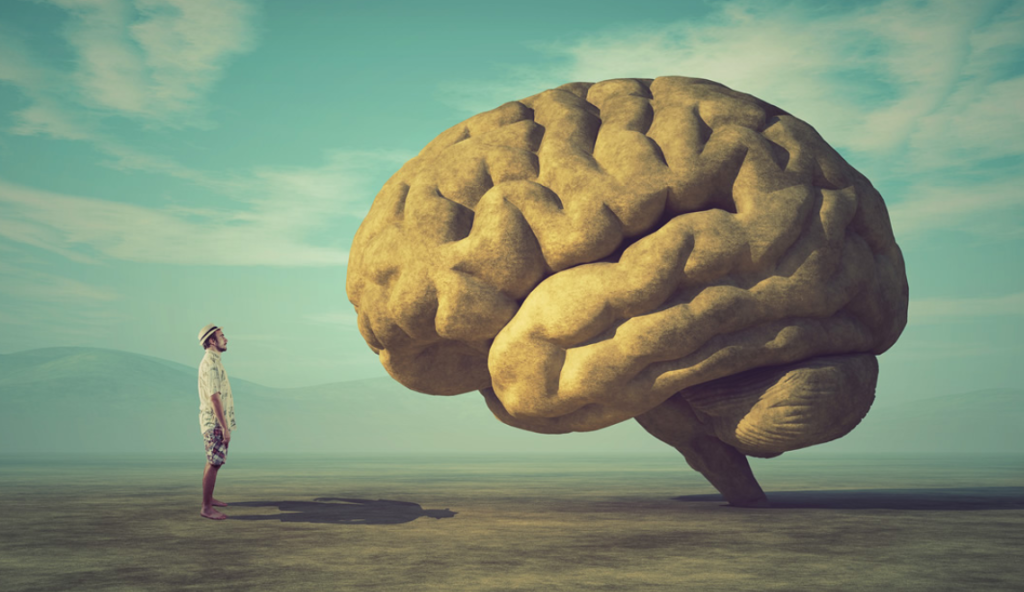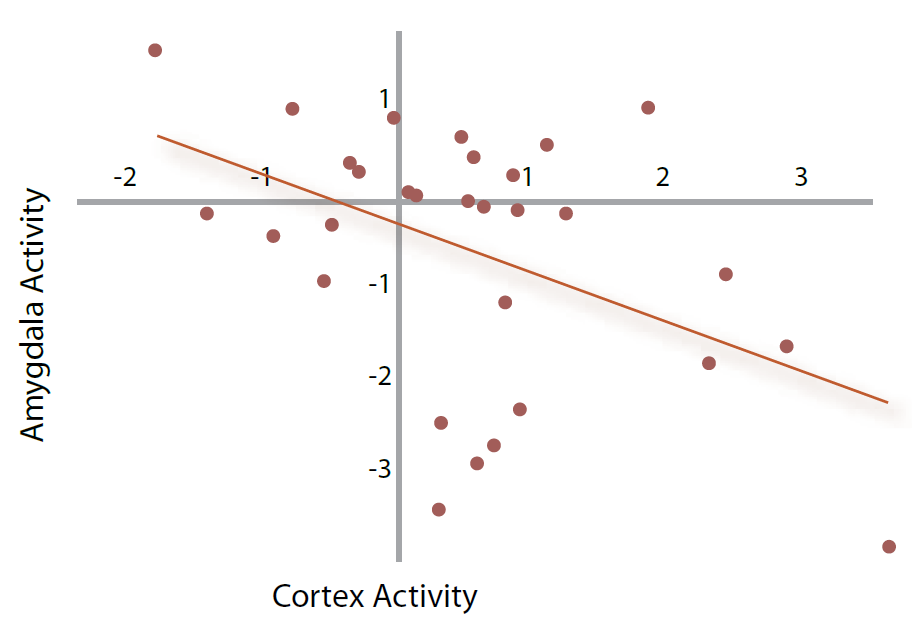
“Emotional intelligence is the ability to perceive emotions, to access and generate emotions so as to assist thought, to understand emotions so as to promote emotional and intellectual growth.“-Mayer & Salovey. Our brains require emotion to weigh and evaluate decisions. Which is the science behind emotional intelligence? What is an emotion? How does our brain work?

Part of the value of emotional intelligence comes from grounding in rigorous science. Advances in neurobiology provide invaluable insight into the way emotions function in the brain and body. At a neurobiological level emotion are chemical reactions, more precisely they are neuropeptides, i.e. a string of proteins grouped around a single structure. There is a part of our brain that is also producing these molecules right now: the hypothalamus. The thalamus is simultaneously regulating the flow of chemical signals. This mix of chemicals affects our perceptions. The hippocampus is in turn stimulated by emotion molecules, thus allowing us to pay attention to different parts of our environment. In other words, when we feel an emotion, we focus on some aspects that surround us rather than others and, in some cases, this system is essential for our survival as it keeps us away from danger and guarantees us safety. The emotional intelligence is the capacity to integrate thinking and feeling to make optimal decisions.

Our brains are made up of a thinking mind and a feeling mind, each reflecting how two distinct brain circuits work. The emotional brain centers are structurally derived from the most primitive part of the brain: the trunk, which regulates the correct functioning and appropriate responsiveness of the organism to ensure its survival. The neocortex has evolved from it and over time: neocortex is the seat of the thinking brain. Evolving, these cerebral parts began to stratify around the trunk until they surrounded it and formed a ring: the limbic system. This system improved all the responses that were previously automatic, making them adaptable as needed. The addition of further layers of nerve cells allowed the formation of the neocortex which, as the seat of thought, integrates and understands what is perceived by the senses and adds to the feelings what we think about them.

We can have emotional reactions completely independent from the rational mind, which can be formed without any conscious cognitive participation.
As unique expressions of our perceptions, emotions enable us to assess whether our interests and what we want are appropriate. Emotions are innate mechanisms functional to survive, calibrated on specific activating elements and oriented towards specific goals. Daniel Goleman (1946) points out that the IQ contributes twenty percent to the factors that determine success in life, while the remaining eighty percent is determined by other variables, which are emotional attitudes.
This is emotional intelligence, which determines how well we can use our abilities. They include the ability to:
• motivate yourself and persist in achieving a goal despite frustrations
• control impulses and delay gratification
• modulate your moods avoiding that suffering prevents you from thinking
• recognize your feelings, understand those of others and deal with them effectively
• be empathetic and get along with others
Individuals equipped with emotional intelligence are more advantaged in all areas of life and are very efficient both in the workplace and in relationships. They are more likely to be happy, being able to adopt mindsets that fuel productivity. Those who can’t manage their emotional life inner battles, end up sabotaging the ability to focus on their goals and adequately plan for the future and carry out their projects. Recognizing a feeling as it arises is the cornerstone of emotional intelligence. In fact, very self-confident people have a certain perception of what they really feel about personal choices, and this allows them to make the right decisions for life.
The signals we call “thoughts” and what we call “emotions” are mixed together in the brain. Thus, thoughts and feelings are generated by electrochemical reactions that travel from the brain to the body at lightning speed and cluster together to form synaptic networks. The structure of the network changes every time we acquire new information: the brain-body network is constantly changing and adapts according to how we use it! For example, recent research demonstrates that “thinking about feeling” has a physiological effect (see graph below, from UCLA study). In other words, these “soft skills” have a biological basis. The challenge is to see the value of emotions, then to begin using these skills on a daily basis. Everyone has emotional intelligence and this should be coached! As Peter Salovey said, “Yes, we can control emotions. The trick is doing it in the right way at the right time.”It’s not a new idea: around 350 BC, Aristotle wrote, “Anyone can become angry – that is easy. But to be angry with the right person, to the right degree, at the right time, for the right purpose, and in the right way – that is not easy.” Emotion can lead to our worst decisions or our best ones: The difference is emotional intelligence.

Numerous studies explore the financial implication of emotional intelligence; particularly how higher EQ leaders produce more powerful business results. One such study tested 186 executives on EQ and compared their scores with their company’s profitability; leaders who scored higher in key aspects of emotional intelligence (including empathy and accurate self-awareness) were more likely to be highly profitable. The Harvard Business Review reminds leaders that their excellence begins and ends with their inner resources: “Executives who fail to develop self-awareness risk falling into an emotionally deadening routine that threatens their true selves. Indeed a reluctance to explore your inner landscape not only weakens your own motivation but can also corrode your ability to inspire others.”
The Gallup findings indicate that almost 3/4ths of the workforce is not engaged. Leaders who use their emotional resources to foster “engagement” (a sense of caring and commitment) deliver significant bottom-line results. Teams with higher engagement are:
- 50% more likely to have lower turnover
- 56% more likely to have higher-than-average customer loyalty
- 38% more likely to have above-average productivity
- 27% more likely to report higher profitability